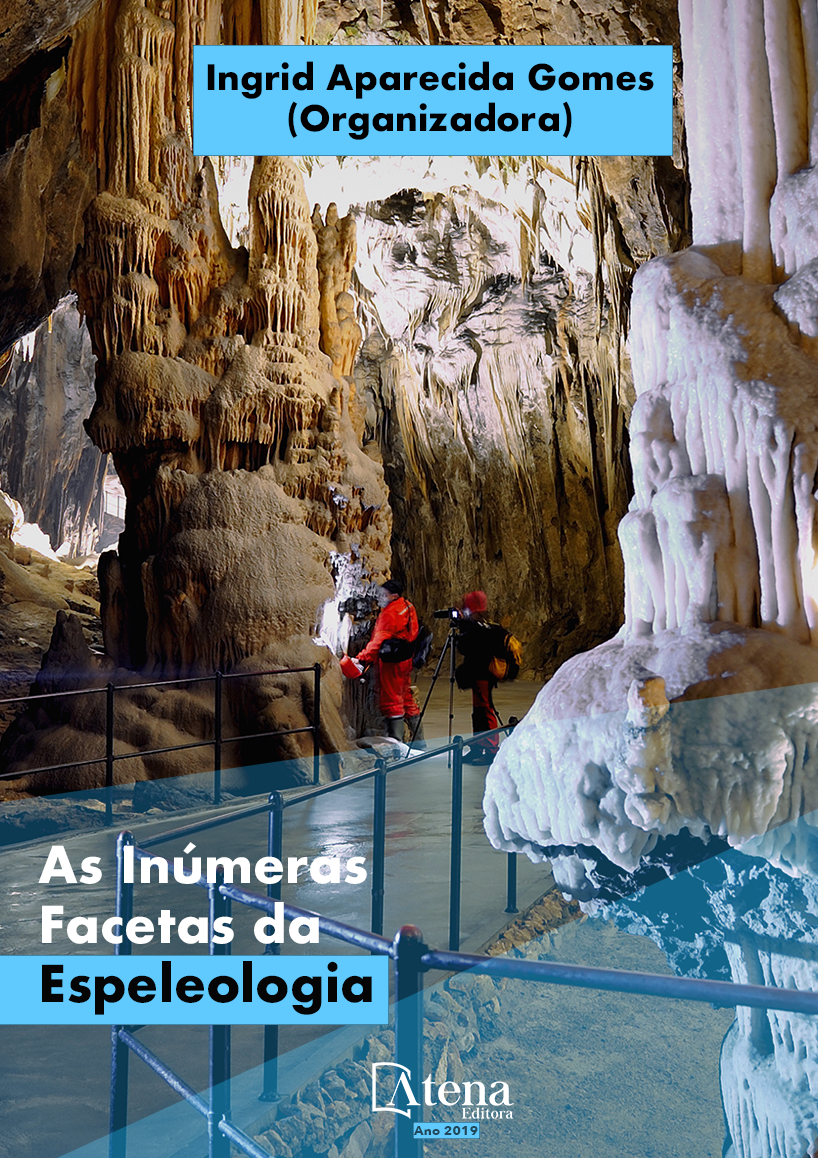
CONTRIBUIÇÃO PARA O ESTUDO DO CARSTE EM METACALCÁRIOS DO SEMIÁRIDO BRASILEIRO: O CASO DAS OCORRÊNCIAS DO MUNICÍPIO DE TEJUÇUOCA – CE
No município de Tejuçuoca, centronorte do Ceará, se encontra uma das mais
significativas ocorrências de relevos cársticos
do Estado. O referido estudo tem por objetivo
abordar a gênese da atual configuração do carste,
associando-o a processos morfodinâmicos
atuais e pretéritos, bem como caracterizar
algumas feições cársticas que ocorrem na
área de estudo. Para isso, foram divididas
as etapas de trabalho em levantamentos
bibliográficos/cartográficos, levantamentos de
campo seguidos de trabalhos de gabinete com
auxilio de técnicas de geoprocessamento e
por fim a integralização dos dados obtidos. Os
resultados obtidos indicam que o significativo
desenvolvimento de feições de dissolução não
corresponde com as condições climáticas atuais
semiáridas, sendo, portanto, sugerido que tais
formas tiveram seu ápice de desenvolvimento
em condições climáticas mais úmidas durante
o Quaternário que, posteriormente, passou
a apresentar climas mais secos viabilizando
ciclos erosivos através de processos físicos
condizentes com o entorno do carste. Nessa
perspectiva foram identificadas feições
exocársticas e endocársticas que tiveram sua
gênese ligada aos eventos paleoclimáticos, são
exemplos os lapiás alveolares e os diferentes
espeleotemas encontradas nas cavernas
CONTRIBUIÇÃO PARA O ESTUDO DO CARSTE EM METACALCÁRIOS DO SEMIÁRIDO BRASILEIRO: O CASO DAS OCORRÊNCIAS DO MUNICÍPIO DE TEJUÇUOCA – CE
-
DOI: 10.22533/at.ed.8101930013
-
Palavras-chave: Carste; Semiárido Brasileiro; Oscilações Climáticas.
-
Keywords: Karst; Brazilian Semi-Arid; Climate Movements.
-
Abstract:
In Tejuçuoca Town, Ceará State
central-north, one of the most significant karstic
relief occurrences of the State is found. The
purpose of this study is to explain the genesis of
the current karst configuration, associating it with
current and past morphodynamic processes, as
well as to characterize some karstic features that
occur in the study area. For this, the work steps
were divided into bibliographical / cartographic
surveys, field surveys followed by cabinet work
with the help of geoprocessing techniques
and, finally, the sum up of data obtained.
The significant development of dissolution
features does not correspond to the current
semi-arid climatic conditions, therefore, it was
suggested that these forms had their climax in the most humid climatic conditions during the Quaternary, which later presented drier
climates, allowing erosive cycles through physical processes consistent with the karst
environment. In this perspective exokarstic and endokarstic features were identified,
which had their genesis linked to the paleoclimatic events, examples are alveolar flaps
and the different speleothems found in the caves.
-
Número de páginas: 51
- DANIEL DOS REIS CAVALCANTE


